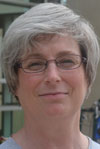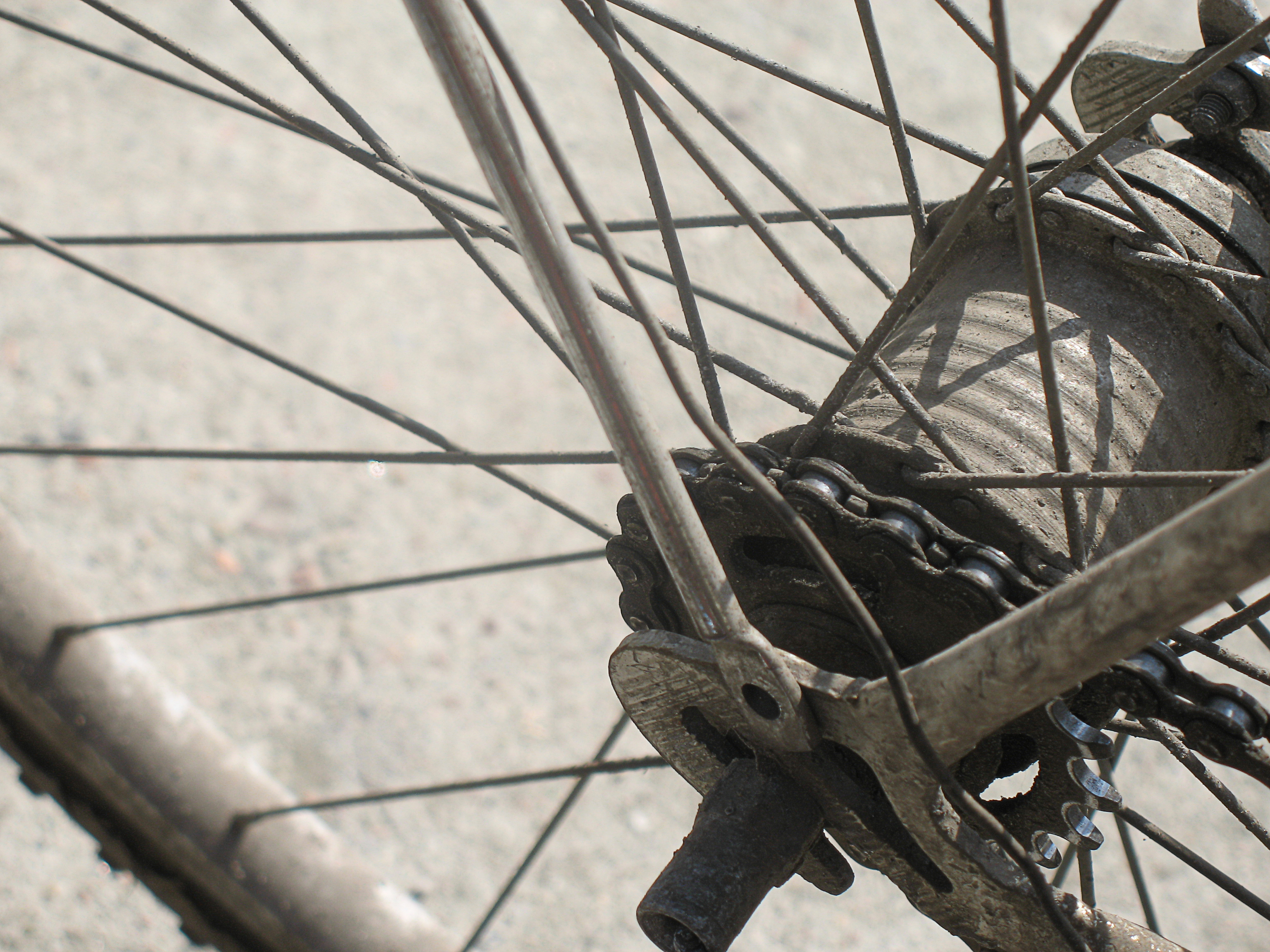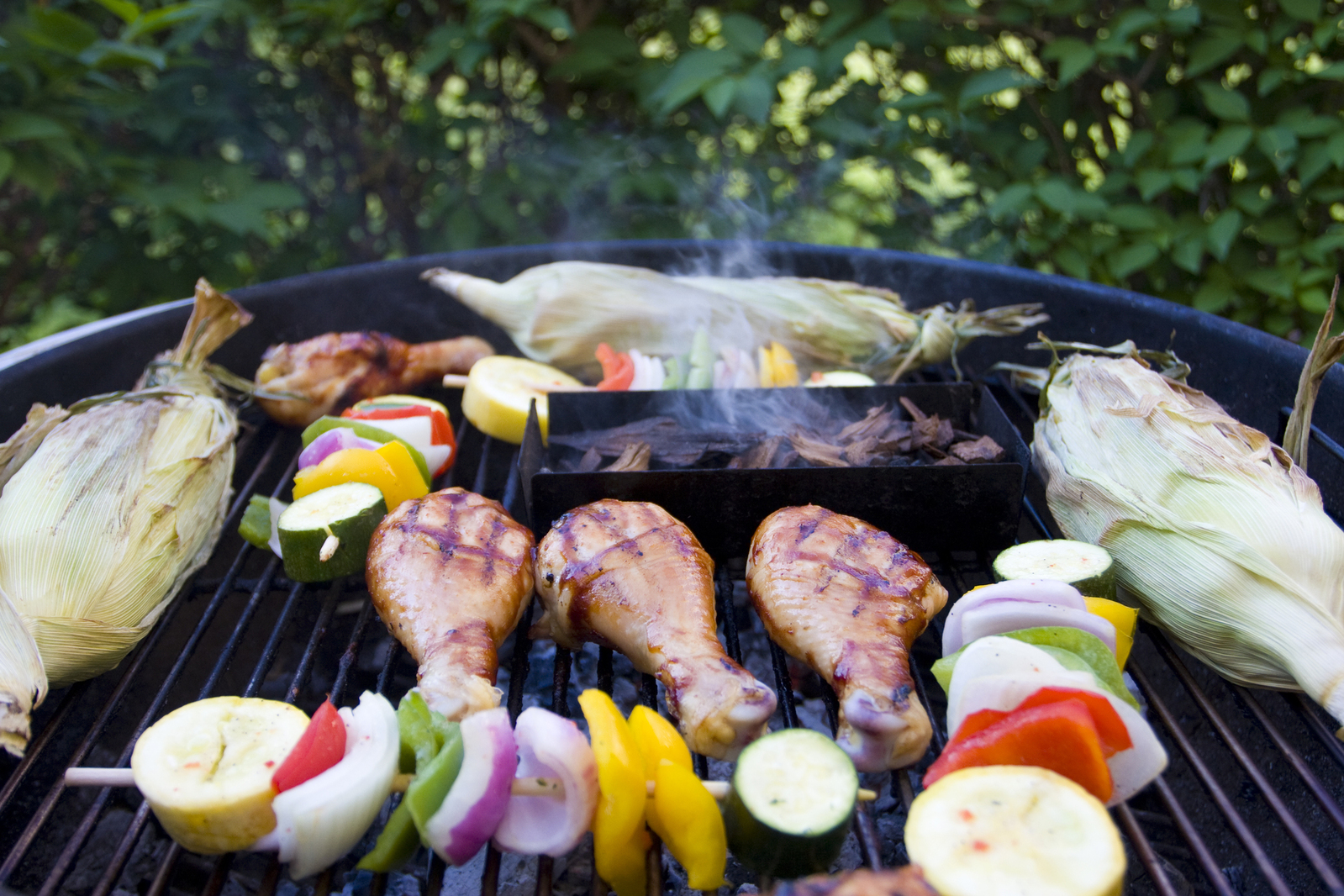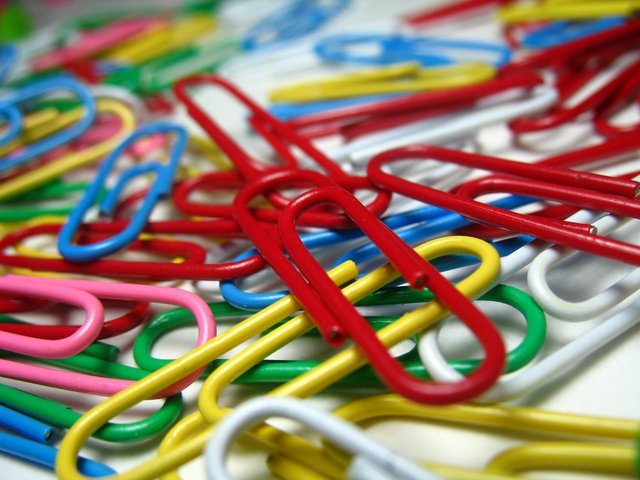Changes to Daily Rate Flexible Parking
By Melanie Stewart
Hopefully you are aware of Daily Rate Flexible Parking. Which was brought to campus to support people in the TravelSmart program and those coming to campus without a permit.
People driving to campus without a parking permit can park in one of three Daily Rate Flexible Parking lots (lot 36, 55, and 59, seen in map here). Parking spots are located in convenient locations on campus, you can pay on a free app or on a website (without having to call Parking), all while leaving visitor spots for patients and avoiding those nasty $100 tickets! Daily Rate Flexible Parking can be used by people participating in the TravelSmart program as well as people attending meetings/training here and those that only work on this campus periodically.
Many of you reached out to us with feedback noting primarily 2 things. You need more time and want to be able to leave campus and come back without having to repay.
We agree!
Beginning this weekend, October 17th, a Daily Rate Flexible Parking session will now be 20 hours long, but still at the same $3 per session cost. This will give you plenty of time to park, get to your location on campus, work a full shift/shift and a half, and get back to your car with time to spare.
Also beginning this weekend, Daily Rate Flexible Parking will be tracked by your license plate, not the parking stall. This will allow you to park in a Daily Rate Flexible Parking spot when you arrive on campus, leave during the day to run an errand, attend an off campus meeting, etc., and park again without paying, even if the spot you previously parked in has been taken.
You must park in one of the Daily Rate Flexible Parking lots and park in one of the stalls with white lines and numbers. When paying to park on the app or website you will only be asked for your license plate number, not the stall number. The app will also prompt you with these changes.
We hope these changes will make Daily Rate Flexible Parking easier for you and will allow more people to use perk to save money on your monthly parking permits.
If you have any questions, please contact travelsmart@unmc.edu
Fall Gardening: Prep for Winter
by Anne Rivas
Fall is my favorite time to plant. I know I have it backwards, but I’ve always liked gardening better in the fall than in the spring. Some perennials can still be planted/divided, as can spring-flowering bulbs. The soil is warm, dry, and crumbly – a pleasure to work with.
If you’ve kept up with the weeds, they’re slowing down now. If, like me, you haven’t kept up with the weeds, they’re going to seed now and must be destroyed. Weed seeds put into the compost over winter become the gift that keeps on giving when you spread the finished product over your garden, as home compost piles may not get hot enough to kill those seeds over the winter. One year, after spreading compost in the spring I had volunteer tomatoes and gourds in my front yard. I loved it but my neighbors took a dim view, especially when the aphids ate their back-yard tomatoes and left mine alone.

Put weeds with seeds in the trash instead of the compost. Annual flowers and vegetables that are done and not diseased can be composted or dug back into the soil. Diseased plants go in the trash.
Collect seeds from plants you like and scatter them where you want them to grow next year. Last year I collected seeds from various places and let them over-winter outside. They sprouted in the spring and I finally planted them in the garden. I hope they’ll survive this winter. Unfortunately, I didn’t label anything, so maybe I’ll figure out what they are next year.
As you continue to mow your lawn, let the clippings and shredded leaves lie. They’ll decompose and feed your soil. If you get too many leaves on your lawn to shred and – er – leave, run over them a few times with the mower and put them in your compost, set them aside until the ground freezes and use them for mulch, or dig them into your garden.
Continue to water everything well, particularly trees, shrubs, and roses. Remove old mulch under roses any time now and apply new mulch at the first hard freeze. Mulch keeps roots cold and protects them from frost heave during the winter. Don’t forget to drain the water out of your sprinkler system, if you have one, before the first hard freeze. After that you risk damage from water left in the lines.
Zipcar arrives at Nebraska Medical Center Campus

You may have never heard of a Zipcar. It’s a cool new program that’s just arrived as part of our TravelSmart program. It’s the perfect option for folks who need a car in a pinch. It’s a self-service, on-demand car sharing program. You can rent a car by the hour of for a day or more.
“Zipcar can be used by anyone,” says Melanie Stewart, campus sustainability manager. “We wanted to offer Zipcar for folks who arrive without a car and may need one for work purposes or to run a personal errand.”
To use Zipcars, simply register as a member, reserve a car online or on your phone, use your Zipcard to scan into the car, and drive away. When you’re done, return the car to the same location where you picked it up.
As a member you get:
- Access to Zipcars 24/7
- Discounted hourly rates for staff and students age 18 and older. Rates start at just $7.50/hour or $69/day
- Gas, insurance and maintenance are included for free
- Join for only $15 a year
Wondering how it works? There are four simple steps to Zipcar freedom. Join today at zipcar.com/nemedcenter. Once you’re a member, reserve a car online or on your phone for as little as an hour or as long as seven days. Scan into the car using your Zipcard. (The keys are already in the car.) Drive away. (Just make sure to return the car at the end of your reservation.) You do not need to be a registered member of our TravelSmart program.
With Zipcar parked right at on campus, conveniently located on the corner of 42nd and Leavenworth, it’s easy to get downtown, do errands or even road trip. And since Zipcar covers gas, insurance and 180 miles per day, you can enjoy the freedom of the open road without any of the extra costs.
Zipcar can also be used by guests, visitors, members of the community and patient families as long as they are 18 years old. They can also sign up by going to “Community Members” at zipcar.com/nemedcenter
“At UNMC, there are many students who don’t own a car,” adds Stewart. “Of course we have many families at Nebraska Medicine who may need a car to run errands. This is the perfect option.”
If you have questions, please contact Melanie Stewart at livegreen@unmc.edu.
Beyond Recycling
By Anne Rivas
“Enough is as good as a feast.” – Mary Poppins
We need to let go of the belief that we have unlimited resources and unlimited space to hide our garbage. Sweden burns its trash to generate energy, and they’ve gotten so efficient at recycling, composting, and burning their trash that they now import garbage from other countries.
Last week we talked about the eco footprint of the US. This week we are going to talk about what we can do to shrink it. Remember, Services covers infrastructure and manufacturing, among other things.
Let’s look at city planning. With the past 100 years of cars and cheap fuel, we have developed cities with businesses clustered together, and homes and schools clustered farther away. We need walkable neighborhoods with

workplaces, desirable housing and good schools close to each other. Some cities have efficient mass transit. Some cities don’t, because, as in Omaha, it’s easy to drive from one point to another in a fairly short time. A two-pronged approach, mass transit to move people between neighborhoods, and walkable neighborhoods that integrate workplaces, schools and housing will help to reduce our city footprint. Omaha has made a good beginning with the recent approval of Complete Streets.
Let’s look at building codes. We can establish higher energy conservation standards, and support passive solar and geothermal energy in new construction. We can invest in retro-fitting existing homes and businesses for greater efficiency. Some cities even provide help with gray water systems. Can we do that here?
We are extremely lucky to live in a farm state. I belong to a CSA, and I have a big yard with lots of room for vegetables. But all summer I have bought spinach (in a plastic box) that was grown in California. Why aren’t I eating the locally-grown kale from my CSA? Well, I’m tired of kale and I really like spinach. I know that’s lame. Moreover, I like mangoes, bananas and avocadoes, none of which grow here. I’m not saying we should only eat what we can grow ourselves; we need to be aware of the trade-offs we are making. We, too, can expand urban agriculture, shrinking some of the distance food travels (I see bunches of bananas carpooling with avocadoes. Road Trip!)
With backyard and community gardens, urban farms, walkable neighborhoods, and mass transit, our city footprint will shrink. It’s a start.
How many Earths Does it Take?

By Anne Rivas
Did you try the ecological footprint calculator from the article on September 1st? I did, and this is what I learned.
The Ecological Footprint score compares the amount of demand human consumption places on nature to the supply of productive land available to meet this demand (biocapacity). The score is given in the number of planets it would take to support all of us if everyone lived the same way.
Based on my answers, it would take four planets worth of resources to support all of us. I was shocked. After all, I compost, recycle, belong to a CSA, and don’t buy a lot of consumer goods. Cutting back by half on animal-based foods and purchasing products with minimal packaging put me just under 4 planets. I tried again, paring down to bare essentials – less meat, house under 1000 square feet – and got my score down to 3.4.
Just for fun I took the quiz in different countries, using the same values. My score was much better – 1.9 in Switzerland; 1.3 for only the essentials. A car was a significant environmental expense everywhere and using mass

transit, bicycling, and walking reduced my footprint considerably. (Pssst! One more reason to register for TravelSmart.)
What is the difference between North America and other parts of the world? Cost of Services. The Services category represents the environmental cost of national infrastructure, manufacturing, government, and public services. These are divided equally among the population so if a country has a large footprint, so does everyone in that country. The cost of Services in North America is around 2.6 planets, so a personal score of 3.4 is pretty good.
The website shows footprints for countries as well as the footprint of the world as a whole. The US runs on an ecological deficit, consistently exceeding its biocapacity, while some countries run at varying degrees of ecological credit. Unfortunately, the countries running at ecological credit do not compensate entirely for the countries running at a deficit, so right now the world is in ecological deficit.
What’s the purpose of this exercise? It shows the need to go beyond personal action to civic activism. We can ask our cities to find out their ecological footprints and use that information to find ways to reduce the environmental cost of our infrastructure. Tune in next week for the exciting sequel!
Free Bicycle Maintenance Help

by Melanie Stewart
If you ride you bicycle as part of your commute (make sure you sign up for TravelSmart!) or for recreation, you know that some minor emergencies maintenance issues can take place at any time and turn your commute or leisurely ride into something less than perfect. Murphy’s Law says that these issues will never take place when you’re close to a bike shop which could leave you stranded.
Unless you know how to take care of them yourself.
Join LiveGreen for our first ever “Snack and Learn” as we bring you two experts who can help to make you cycling trip safer.
- Who: Anybody who is interested in learning how to make basic repairs to their bicycle.
- What: Free LiveGreen Snack and Learn on bicycle repair and safety.
- When: Friday, September 25 at noon.
- Where: Ice rink by the Michael Sorrell Center.
- Why: To keep you safe and on the road!
Bring your bike for some hands-on learning so that you can change a fat tire or replace the chain that has fallen off, all on your own. If you can’t bring your bike, that’s, OK you can still come and see what you need to do to make these repairs, and get your questions answered. You can also get some tips on riding safely in Omaha and finding a route that will work for you. Everything is free and LiveGreen will provide you with a snack!
Our experts:
Miah Sommer is the founder and executive director of The Bike Union Mentoring Project in Omaha, a social enterprise bicycle/coffee shop designed to provide workforce development for area youth. Miah will be here to provide instruction on basic roadside maintenance and answer any basic maintenance questions you may have. Madison Haugland is the Active Living Coordinator for Live Well Omaha and a league cycling instructor (LCI). She will be on hand to share her expertise on bike safety and will help you feel safe riding in Omaha.
Green Your Football Party

by Melanie Stewart
The weather is starting to cool, students are returning to class, which means a new season has started: Football Season! With that in mind LiveGreen offers these tips to green your tailgate:
- Buy in bulk. Buy larger quantities of the items you know you will need throughout the season. One family size bag of chips is less packaging than 2 small ones and a case of pop is less packaging than two 12-packs. This reduces waste and saves you trips to the store. Remember to take reusable bags whenever you shop.
- Buy reusable then recyclable. If reusable tableware isn’t an option, buy recyclable items made with recycled material. Strive for plastics labeled #1 & #2, as they are more easily recycled. Want extra credit? Check out these edible cups!
- Grill with propane. It has a lower level of emissions and fewer VOCs than charcoal. Consider yourself a grill master? Go for sustainably sourced natural brands of charcoal; fewer chemicals go into your food – better for you and for the planet.
- Buy locally grown produce and meat (or, dare I say, go meatless?) and buy buns from local bakeries.
- Reuse old team apparel you don’t wear anymore to make fun washable tablecloths or napkins.
- Shut off your engine. Bring a rechargeable battery device or a crank radio: you generate the power while burning a few calories, and it will even charge your cell phone. If you have the cash, check out these solar powered outlets to run your devices.
- Buy locally brewed beer or organic beer.
- Skip prepackaged foods. They cost more and have more packaging. Make the foods you love and then only make what you will eat.
- Clean up! No matter where you are, don’t litter. Recycle everything you can and pack an extra bag to bring recyclables home. Many places in Omaha offer Curbside Rewards for recycling, so it’s a win-win!
- Don’t have one. I’m not a killjoy, but driving out of town to tailgate at a game for which you don’t have tickets isn’t green. If you have tickets, carpool to the game, and use the park-n-ride locations, then do your tailgate better too (see below). Otherwise, invite some friends over to your house and watch the game, while eating with reusable tableware. You’ll save time, money, and the planet!
Day of Care for the Environment
I don’t know if you have been following sustainability issues in popular media, but a lot of things have been happening lately.
Nothing demonstrates how connected we all are like a natural disaster. This summer fires in Saskatchewan affected our air quality, and with the combination of record heat and record drought, four of our western states are battling record wild fires. Heat and smoke from the fires actually change the immediate environment, create pollution, eliminate plants that clean pollution, threaten agriculture, and cost taxpayers hundreds of millions of dollars. Wildfires are part of the prairie ecology, as well as the western ecology, but the fire season this year has been extreme.
So let’s focus on the positive!

sustainability manager
Often sustainability issues and religious issues are presented as being separate and unrelated, if not downright opposite each other. Most major religious organizations have in the past decade published statements encouraging awareness of environmental degradation and the need for conservation of resources. Pope Francis made an unprecedented move for his denomination earlier this summer in releasing his Encyclical on Climate Change. The central message that these statements have in common is: we live on this planet, we require it to survive, we are making a mess of it, and we need to change our ways.
To follow this up, the Pope just announced the first “World Day of Prayer for the Care of Creation, “ to be celebrated on September 1st (that’s today!!), which is also the Christian Orthodox “Day for the Protection of the Environment.”
Whether or not you are religious, this is a huge step forward for environmental awareness. It expands the current conversation, brings more people in, and unites people with a common cause; all of which can bring about more varied solutions as well as a huge cumulative effect.
Thank you for all you do to help the environment. The steps you are taking are reducing pollution, improving the environment, and making this city and the world at large a healthier place to live now and in the future. Want to do more? Check this out!
Got (excess) supplies?

By Melanie Stewart
Many of you have contacted LiveGreen and asked us what to do with excess supplies. It seems that some of you have projects requiring 3-ring binders but don’t need them anymore and they are taking up space. Some of you receive paper forms with paperclips, but don’t have a use for them after you scan the documents. Others ordered a scientific supply in bulk, but had an experimental change and no longer need it, or can’t use all of it before it expires.
You recognized that somebody else is paying for these supplies, so why not save them a little money, prevent items from going to the landfill, and free up some clutter?
We LOVE that you think that way!
To help, LiveGreen now has a “supply exchange” on the LiveGreen Website. It’s free for any Nebraska Medicine or UNMC employee or student to use and you can post an ad for something others might be able to use. You can also post requests for supplies if there’s something you frequently need that you think others might have.
Here’s what you need to know:
- Go to LiveGreenNebraska.com/supply-exchange
- Only items from UNMC and/or Nebraska Medicine can be listed. Please don’t list personal items, nor can you take these items home.
- All items are free or for trade, no money will be exchanged.
- Lab supplies, office supplies, anything you have that others can use can be posted.
- Provide as much information as you can: color, quantity, condition, etc. The more information you provide the less time you’ll spend answering these questions from interested parties.
- Picture worth a thousand words? You can post that with your ad too.
- All ads will be approved by an administrator prior to being posted.
- You are responsible for maintaining/removing your post.
Easy, right?
If you have something to get rid of or are looking for something, head on over to the supply exchange and get your item posted. While you are there you can browse or search other listings.
Item not getting any interest? Try including more information or adding a picture. If your item can be used on a medical mission trip, contact Sara Pirtle.
